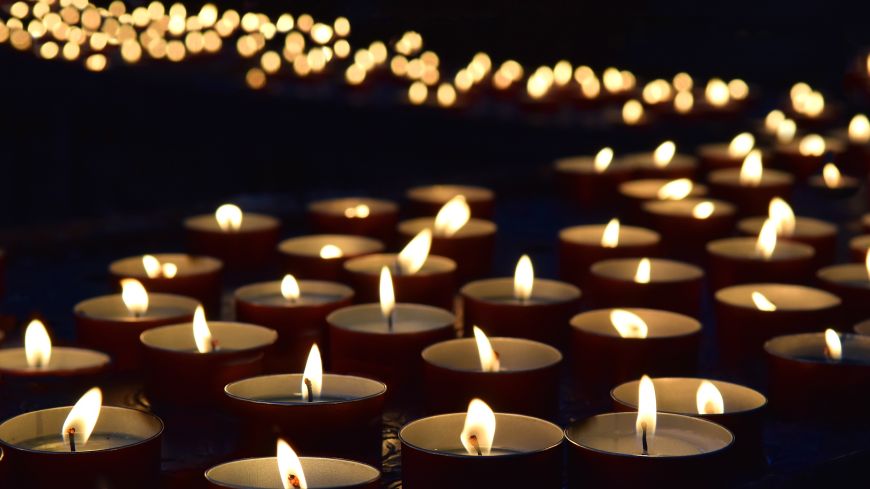It’s Trivial
Why Comparing Corona-Curfews with the Nazi-Era Endangers Freedom
Hanna Luden

After the traumatic First World War ended, the international community took steps to ensure such atrocities would never happen again. Yet, little more than a decade passed before Hitler rose to power and brought humanity to its lowest point. The world failed to recognize the danger, with devastating consequences.
This colossal failure is still an open wound in the collective memory of Western societies. As a result, the period before and during the Second World War has become a perpetual warning ever since, accompanied by the sacred pledge ‘Never Again.’ It is constantly present in the back of our liberal democratic minds, reminding us Westerners to stay on guard for any indication that the principles and foundations of our democracies are being undermined.
We make sure to address populism, xenophobia, and fascist tendencies when we see them. We don’t take risks.
But sometimes, we lose our way and draw faulty comparisons. All too often, those flawed comparisons make it impossible to engage in open discussions or express differences of opinion.
Comparing current events to the Second World War, or to the developments that led to Hitler’s rise to power, must be done with the utmost caution. Some of those comparisons are not just incorrect, they are dangerous.
Already in May 2020, demonstrators in Germany compared Covid-19 lockdowns with the Nazi persecution of Jews. Abuse of other Holocaust-related images followed. For example, images circulated in social media changed the infamous inscription at the entrance to Auschwitz to “vaccination sets you free”.
The abuse of Holocaust imagery and language did not only serve to portray vaccine rejectionists as victims, but also policy-makers as criminals. In the Netherlands, Prime Minister Mark Rutte and Health Minister Hugo de Jonge were shown in photomontages as Nazi officers, accompanied by the term “vaccinazi’s.” The hashtag #vaccinazis on Twitter is associated with posts against anti-pandemic policies. Police forces are often associated with the Gestapo.
The measures Western and other governments take in the fight against the Corona virus stir strong emotions. That is understandable. However, equating curfews intended to protect lives with curfews during the Nazi occupation, or lockdowns with Anne Frank’s hiding conditions, are misguided and unacceptable forms of protest.
These comparisons, which are painful for those who still have living memories of the Second World War, distort our understanding of history and erode our knowledge of this particular period; our moral benchmark. They lead to a trivialization of the events and the suffering of that time. One wonders whether those who draw such comparisons have any idea of the horrors of those days; about the raids, hunger, fear, deprivation of freedom of movement, and mass murders.
The Israeli writer Amos Oz aptly put it: “the difficult part of moral work is to distinguish between degrees of evil […] For he or she who cannot distinguish between different degrees of evil, might unwillingly become a servant of evil. This is my own moral imperative: pay attention to the differences between bad, worse, and worst.”
The trivialization of the Nazi regime’s horrors is a growing phenomenon. Our societies must appreciate the difference between inconvenience and horror, between controversial medical measures and the worst atrocities committed in human history. Otherwise, we will gradually lose our ability to recognize evil, if that wolf ever appears in our backyard again.
